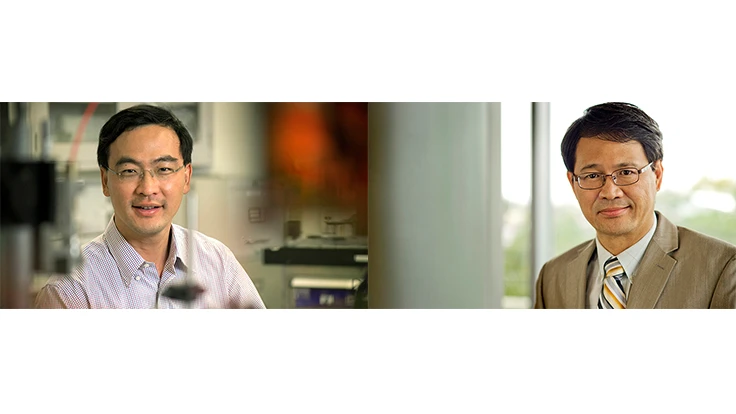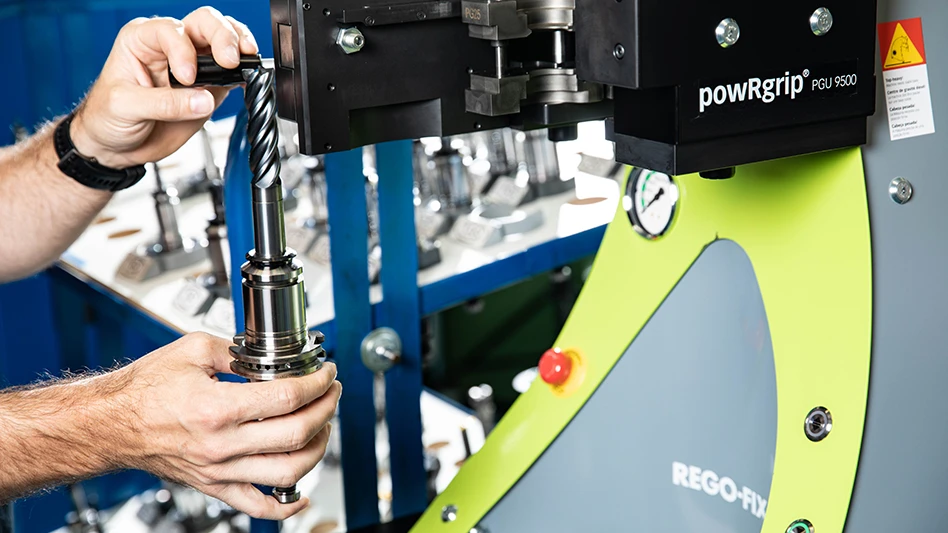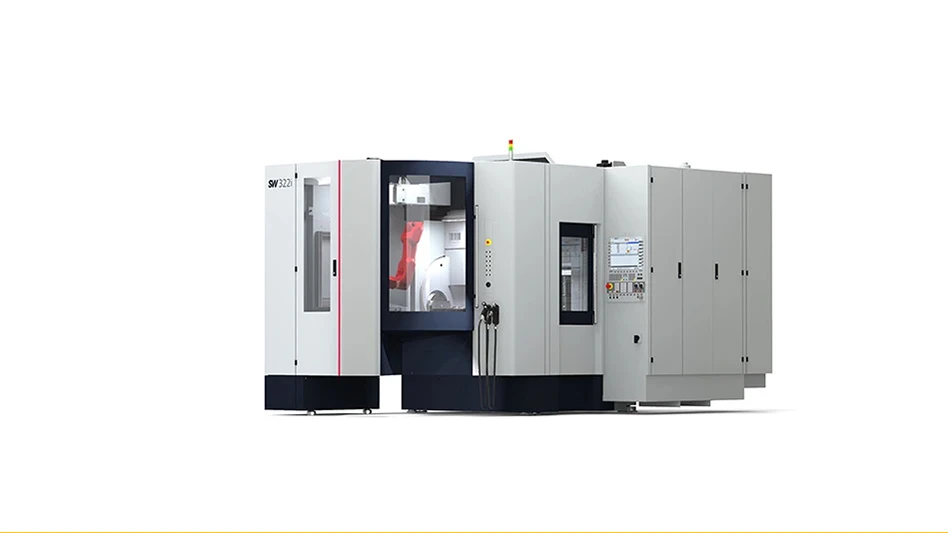
(Right) Weidong Zhou, electrical engineering professor; (Left) Liping Tang, bioengineering professor
Arlington, Texas – The University of Texas at Arlington is developing a sensing and therapeutic tool that will help doctors and other healthcare workers better monitor and heal patients' complex wounds more quickly.
UTA is collaborating with an interdisciplinary and medical team of renowned researchers in creating the Sensing, Monitoring And Release of Therapeutics, or SMART, bandage system that can monitor and cure wounds in real time.
Weidong Zhou, professor of electrical engineering, is the principal investigator on a $100,000 grant from the Texas Medical Research Collaborative, which will fund the research.
The Texas Medical Research Collaborative was founded in 2009 as a research partnership among The University of Texas at Arlington, The University of Texas at Dallas, Texas Instruments, Texas Health Research & Education Institute, the research and medical education arm of Texas Health Resources, and the University of North Texas Health Science Center.
"The SMART Bandage will be a flexible, portable tool that a doctor can place over a patient's wound," said Zhou, who is a Fellow of SPIE, the international society for optics and photonics. "Besides giving the patient medicine in real time, the tool also will be non-invasive to the patient. It can eliminate bulky devices that are used now. We hope the SMART Bandage will ease patients' pain and help their healing."
Zhou brings imaging and nanomaterial expertise to the team. Zhou has generated more than $6 million during the last 10 years in the area of nanophotonics, nanomaterials, and micro-optics.
The team also includes Liping Tang, a UTA bioengineering professor, who will handle in vivo testing of the device. Tang's expertise is in biomaterials, tissue engineering, biodegradable polymer scaffolding, and tissue generation.
He acknowledged that currently doctors must observe to see if a wound is progressing.
"This device will give doctors hard data concerning the wound," Tang said. "We believe it will take much of the guess work out of the equation. Doctors can direct therapy and patient care based on data."
Tang is a 2012 Fellow of the American Institute of Biological and Medical Engineering. He has generated more than $3 million in funding during the last three years from such organizations as the National Institutes of Health and the U.S. Department of the Army.
Yaowu Hao, associate professor in the UTA Materials and Science Engineering Department, has expertise in the manufacturing and application of novel nanostructures, and the optic behavior of those nanostructures. Hao received a $291,350 NSF grant recently to research hollow nanoparticle synthesis as used in nanotechnology.
Hao and Jie Zheng, UT Dallas associate professor of chemistry, will work on imaging and the particle nanosensor probe, which will be a part of the sensing and therapeutic tool.
"Part of the goal is to make the device affordable and cost-effective," Hao said.
Other team members include: Walter Voit, UT Dallas assistant professor of Materials Science Engineering; and Dr. F. Jon Senkowsky, a Texas Health Resources vascular surgeon.
Voit's specialty is in polymer and chip design, while Dr. Senkowsky is the medical consultant on the team and will help in the device's design.
Khosrow Behbehani, dean of the UTA College of Engineering, said the interdisciplinary, inter-institutional team and the SMART bandage system could provide caregivers with an effective way of treating wounds, a very important part of medical care for injured and post-surgery patients.
"It also could lead to devising wearable health-monitoring devices that are less costly and more accurate than current systems," Behbehani said. "The applications for such a technology are quite numerous."
Source: The University of Texas at Arlington
Latest from Today's Medical Developments
- Tariffs threaten small business growth, increase costs across industries
- Feed your brain on your lunch break at our upcoming Lunch + Learn!
- Robotics action plan for Europe
- Maximize your First Article Inspection efficiency and accuracy
- UPM Additive rebrands to UPM Advanced
- Master Bond’s LED415DC90Med dual-curable adhesive
- Minalex celebrates 60 years of excellence in miniature aluminum extrusions
- Tormach’s Chip Conveyor Kit for the 1500MX CNC Mill





